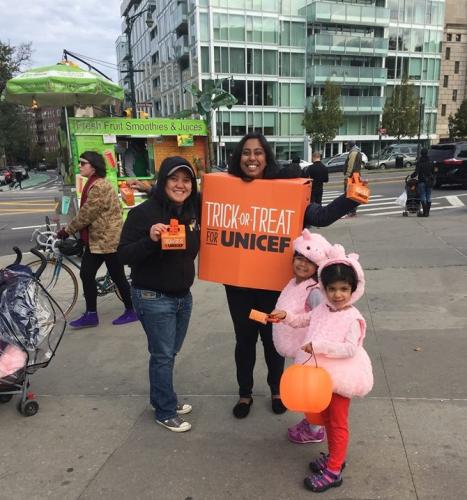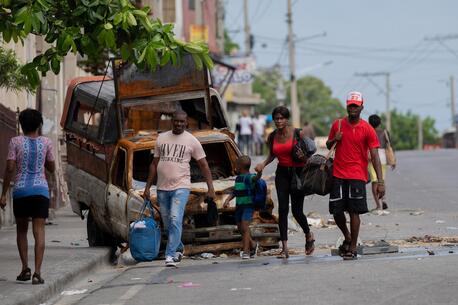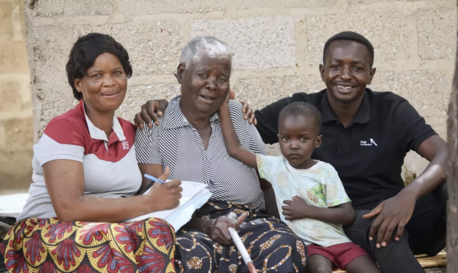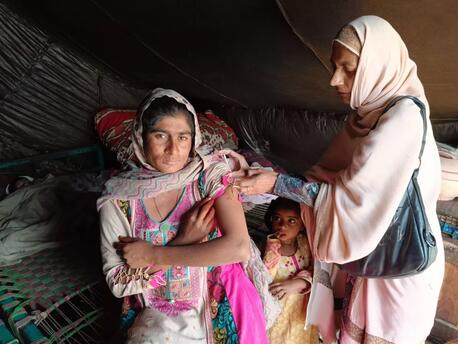A Community Effort: Brooklyn Trick-or-Treat for UNICEF Drives
Leading up to Halloween, UNICEF supporters from the Brooklyn area participated in community Trick-or-Treat for UNICEF drives throughout the month of October. These grassroots efforts led to the distribution of nearly 2,000 boxes to local families.
What does it take to distribute nearly 2,000 orange Trick-or-Treat for UNICEF boxes? Naturally, it’s important to ensure the boxes are ordered in a timely manner, and to have tables set up; but what’s most important is having dedicated volunteers and organizations that are willing to participate in the campaign.
Since 1950, children and families have raised over $175 million dollars by Trick-or-Treating for UNICEF. The campaign is a great opportunity for children to engage in global citizenship at a young age by raising funds and awareness for the world’s youth. Although individual family groups can play a role in the campaign, these efforts can be amplified when entire communities step in.
Annually, Brooklyn for Peace organizes community tables at strategic locations around Brooklyn from the Gramercy farmers’ market to the Halloween parade at Park Slope. The organization identified publically available spaces for donation collection. The tables typically have boxes and information about Trick-or-Treat for UNICEF. Depending on the day, it’s not unusual to have children rush the tables, excited to see what the orange boxes are all about. These children can expect to be greeted by UNICEF supporters.
Volunteers share different roles. Some volunteers take on the responsibility of wearing a gigantic UNICEF orange box. The box costume is clever, attracting children who ask, “What are those boxes? May I have one?” A volunteer can provide the child with a box, and elaborate more on the program. Of course, some children are already familiar with Trick-or-Treat for UNICEF having participated with their families, or in their school. The table can serve as a friendly reminder for parents to ensure the children have their boxes on Halloween day.

Some volunteers venture out from the tables and explain UNICEF’s life-saving work to inquisitive passersby. Volunteers usually prepare beforehand and read about UNICEF to answer questions. One can read more information about the campaign at UNICEFUSA.org/Trick-Or-Treat.
A local crunch gym kindly agreed to serve as a drop-off site where families could drop off their donations. Volunteers provided the address and name of the place, and distributed pamphlets with the information.
Student groups such as New York University (NYU), Queen’s College, Baruch College, CUNY School of Law, St. John’s University, took a break from exams to help volunteer.
Brooklyn is just one example of how communities organize on behalf of children.


